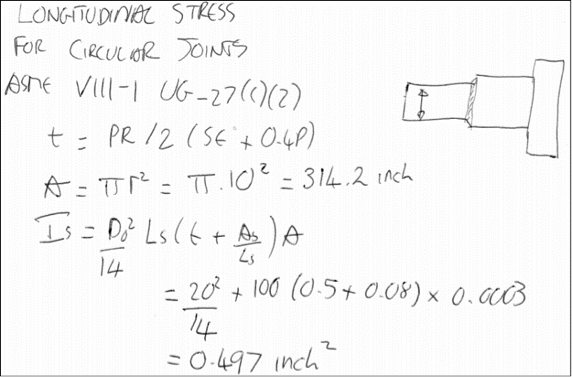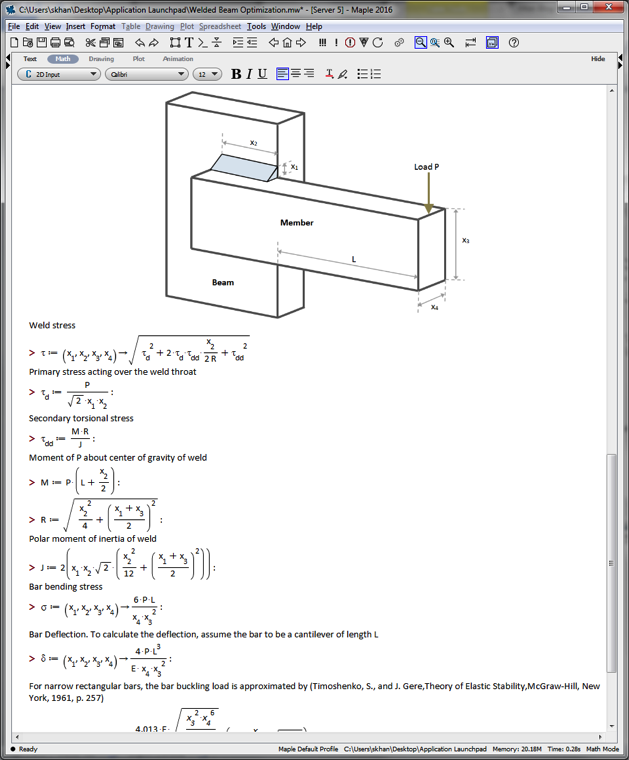Would Brunel Have Used a Spreadsheet?


This guest contribution on Innovation Intelligence is written by Samir Khan, Product Manager of Maple at Maplesoft. Maple and MapleSim are available through the Altair Partner Alliance
I have a grudging respect for Victorian engineers. Isambard Kingdom Brunel, for example, designed bridges,
steam ships and railway stations with nothing but intellectual flair, hand-calculations and painstakingly crafted schematics. His notebooks are digitally preserved, and make for fascinating reading for anyone with an interest in the history of engineering.
His notebooks have several characteristics.
- Equations are written in natural math notation
- Text and diagrams are freely mixed with calculations
- Calculation flow is clear and well-structured

Hand calculations mix equations, text and diagrams.
Engineers still use paper for quick calculations and analyses, but how would Brunel have calculated the shape of the Clifton Suspension Bridge or the dimensions of its chain links if he worked today?
If computational support is needed, engineers often choose spreadsheets. They’re ubiquitous, and the barrier to
entry is low. It’s just too easy to fire-up a spreadsheet and do a few simple design calculations.

Spreadsheets are difficult to debug, validate and extend.
Spreadsheets are great at manipulating tabular data. I use them for tracking expenses and budgeting.
However, the very design of spreadsheets encourages the propagation of errors in equation-oriented engineering calculations
- Results are difficult to validate because equations are hidden and written in programming notation
- You’re often jumping about from one cell to another in a different part of the worksheet, with no clear visual roadmap to signpost the flow of a calculation
For these limitations alone, I doubt if Brunel would have used a spreadsheet.
Technology has now evolved to the point where an engineer can reproduce the design metaphor of Brunel’s paper notebooks in software – a freeform mix of calculations,
text, drawings and equations in an electronic notebook. A number of these tools are available (including Maple, available via the APA website).

Modern calculation tools reproduce the design metaphor of hand calculations.
Additionally, these modern software tools can do math that is improbably difficult to do by hand (for example, FFTs, matrix computation and optimization) and connect to CAD packages.
For example, Brunel could have designed the chain links on the Clifton Suspension Bridge, and updated the dimensions of a CAD diagram, while still maintaining the readability of hand calculations, all from the same electronic
notebook.
That seems like a smarter choice.
Would I go back to the physical notebooks that Brunel diligently filled with hand calculations? Given the scrawl that I call my handwriting, probably not.
Check out a more detailed white paper on whether Excel is hindering your engineering projects, or watch the webinar recording here.




